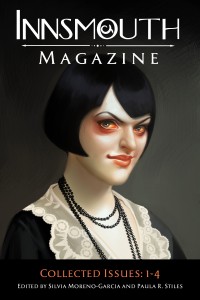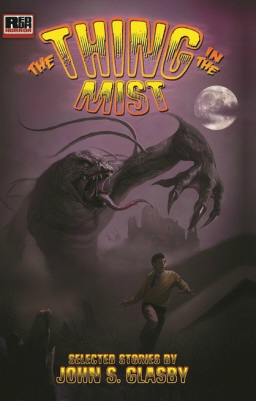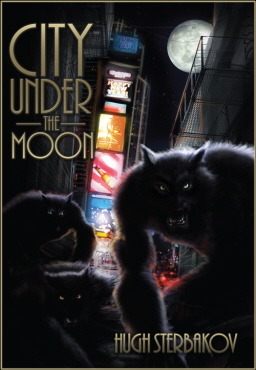New Treasures: Chrysanthe by Yves Meynard
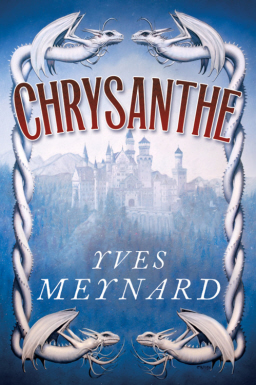 I first met Yves Meynard at the World Fantasy Convention in Montreal in 2001. Yes, that was the year of 9/11, when the entire country stopped flying for weeks. I still remember my flight into Montreal… it was scarcely a month after the attacks and the cabin was virtually empty. You could wander around and take whatever seat you wanted.
I first met Yves Meynard at the World Fantasy Convention in Montreal in 2001. Yes, that was the year of 9/11, when the entire country stopped flying for weeks. I still remember my flight into Montreal… it was scarcely a month after the attacks and the cabin was virtually empty. You could wander around and take whatever seat you wanted.
Sadly, the same was more or less true of the convention. The World Fantasy Convention typically sells somewhere around 1,000 memberships, but a lot more were sold than used that year. Some estimates put the number of attendees at around 200. Whatever the case, it was the smallest and most intimate convention I’ve ever attended.
Which wasn’t wholly a bad thing. I remember the convention chiefly for the many great conversations I had. I’d lived in Ottawa — less than two hours away — until 1987, and this was a chance to re-connect with Canadian friends, including Mark Shainblum, Don Bassingthwaite, Claude Lalumiere, Rodger Turner, and Charles de Lint. In short order, I found myself introduced to some of the best French Canadian fantasy writers on the scene, including Jean-Louis Trudel and Yves Meynard.
I hit it off with Yves immediately. He was a fellow editor, the literary editor for French Canadian SF magazine Solaris, and his widely-praised first novel, The Book of Knights, had been published by Tor in 1999.
He was already being recognized as a major talent. Ursula K. Le Guin called The Book of Knights “An unpredictable, brilliantly imaginative, and very engaging fantasy,” and Locus magazine, commenting on editor David Hartwell’s annual accomplishments, said:
In terms of both mature craft and originality of imagination, Hartwell’s major discovery this year has to be the French-Canadian writer Yves Meynard.
Yves turned out to be a fascinating guy with a deep appreciation of Canadian fantasy in both French and English. He wrote fluently in both languages, a skill I envied, and we had several great talks.
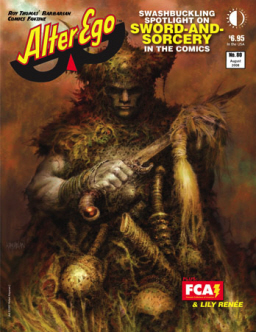
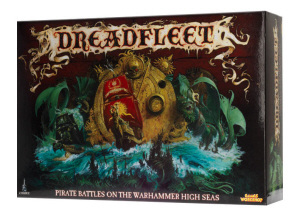
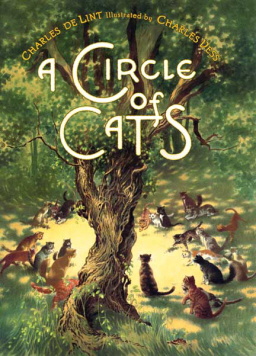
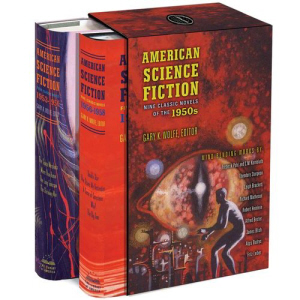
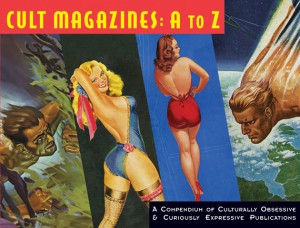
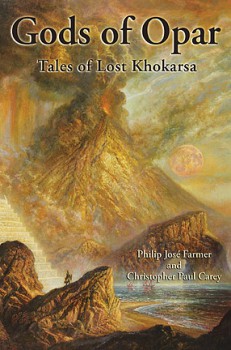 Gods of Opar: Tales of Lost Khokarsa
Gods of Opar: Tales of Lost Khokarsa